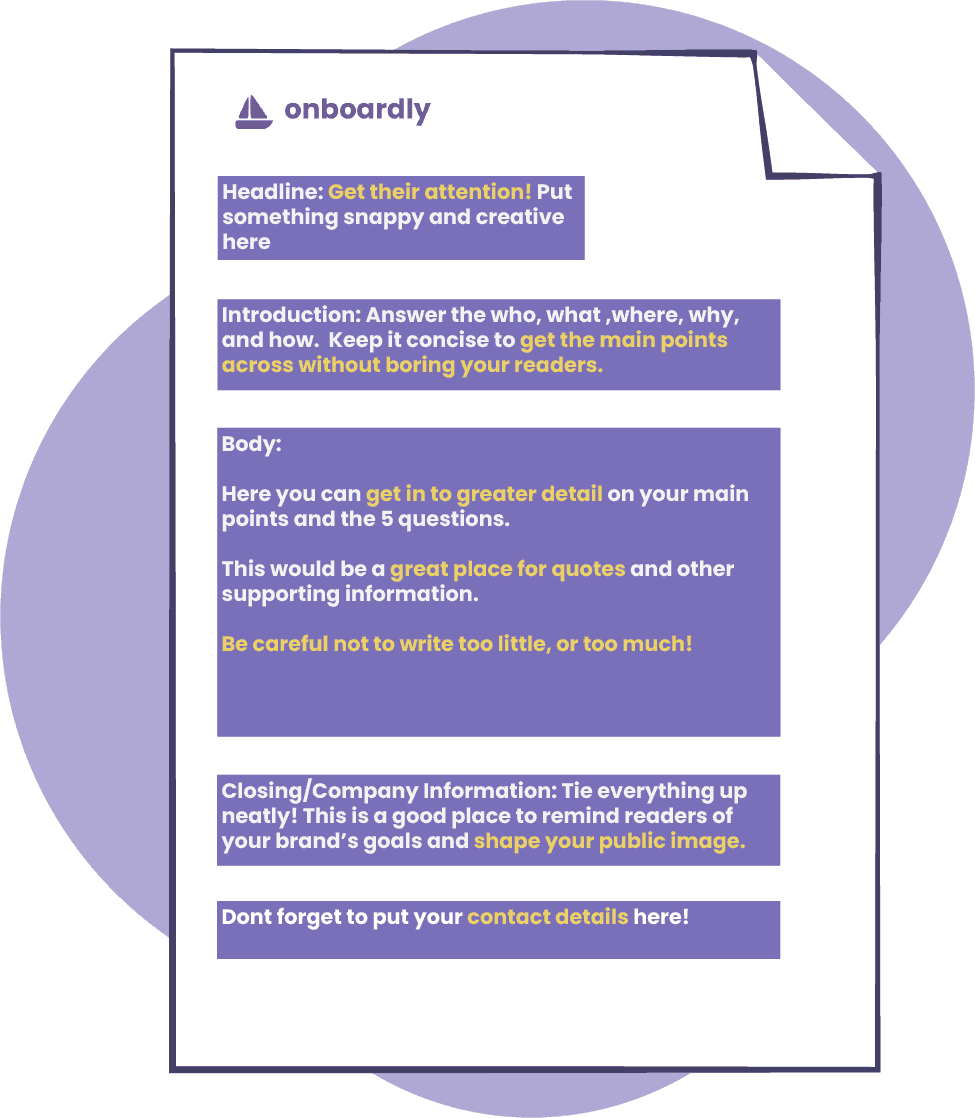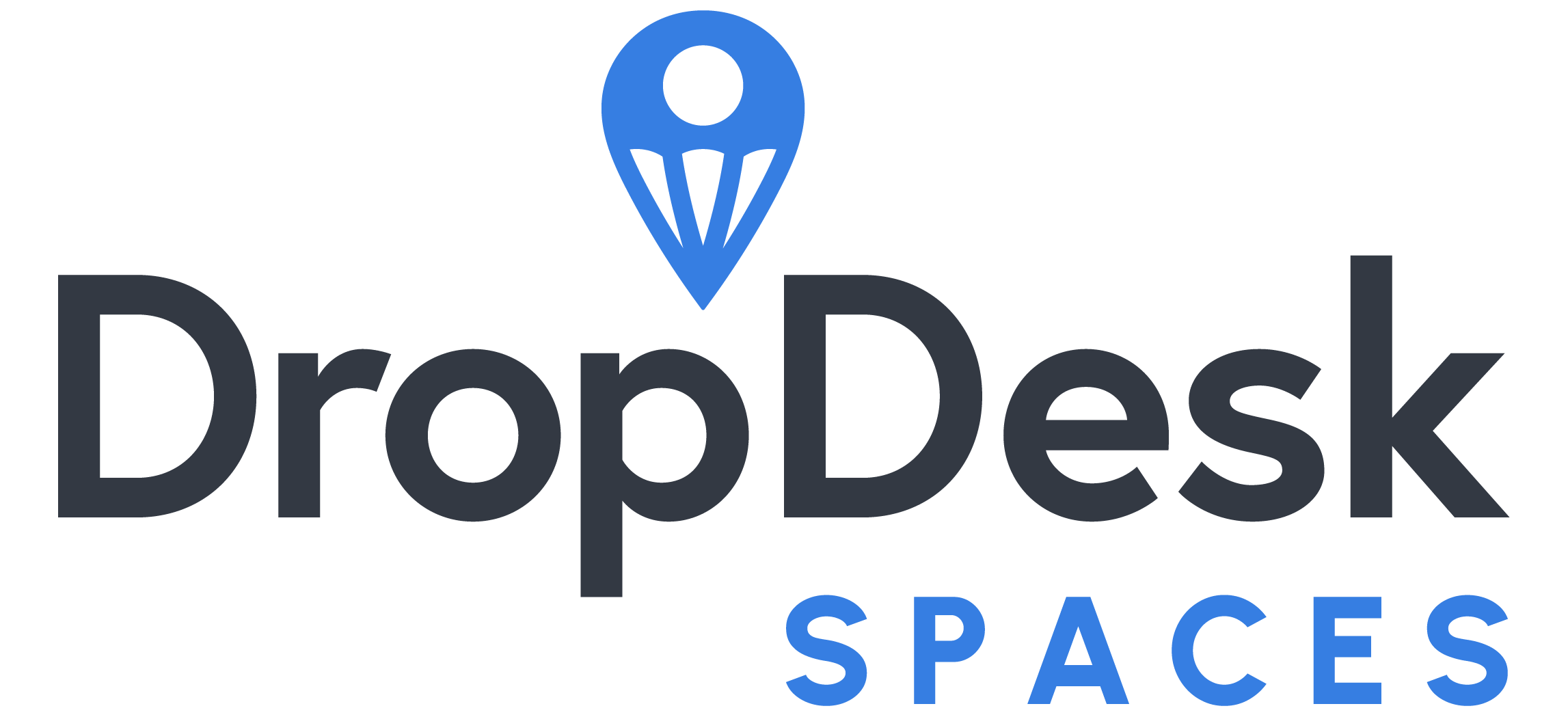Article Contents
If you are new to the PR scene or have been wondering whether your company needs to write a press release, you have come to the right place. In this article, you will learn what a press release is, why it’s important, and the best ways to get media coverage.
Press Release Definition
In short, a press release is simply a formatted document sent to the press, pitching an important happening related to you or your business. The idea is that a well-written press release may grab the attention of the journalists and other media outlets, who can then spread your news through articles, blogs, and other public-facing media.
Wikipedia defines a press release by stating it is “an official statement delivered to members of the news media for the purpose of providing information, an official statement, or making an announcement”.
Press Release Format
Headline: This attention-grabbing title should explain what the release is about. Do you have a major event, announcement, or launch?
Journalists get hundreds of pitches per day. Choose a headline that will make you stand out from the crow.
The Intro Paragraph: So you have piqued the interest of a journalist with your captivating headline, now you need to sell your story – it must be informative and give its reader reasons to believe the public should be excited or interested!
Your introduction should include the:
- Who – Who are you? Why are you an authority on the subject? State your credibility!
- What – What are you trying to tell the public? This is often the body of the news.
- Where – Where are you located? Where is your story taking place? When did it happen?
- Why – Why is it important? Will it affect the reader and how?
- How – How was it achieved (if applicable)? Is there a backstory of significance?
When these foundational questions are properly answered succinctly, you are not only saving the journalist time but getting to the point of why your news is so important before potentially losing their interest.
The Body: In the next few paragraphs you will want to provide facts, quotes, and further information to build credibility. Be sure to organize your information in hierarchical order from most important to least, allowing the reader to easily understand and skim. Do not leave out facts or information that would be required for a journalist to write the story.
Closing/Company Information: Describe your company in a few words, imagine you are explaining what you do to a person you just met. Include additional information that is relevant to the story.
Contact Details: Include the full name, phone number, and email address of the person who will be handling the media inquiries. Be sure that this individual can answer questions promptly.
Example:
For all media inquiries contact: (Full Name), (Title).
(Email address), (Phone number).

Why Do You Need a Press Release?
Exposure and Credibility
A press release is a bridge between you/your company and the media, which ultimately determines the public’s awareness. Without proper exposure, even the greatest of ideas and creations may fail to see the light of day.
Shape Public Perception
A well thought out release can counter negative press and help you control the perception of your brand with factual evidence to prove your case. Of course, with more (non-negative) media coverage comes greater publicity and also trust.
Media Coverage and Journalist Connections
Sending out press releases helps journalists find stories. By aiding journalists who need help finding stories, you can build relationships with those in your industry and ensure they keep you top of mind.
Link building and SEO
Although press releases do not have the same impact on SEO as they used to, they are still important. If you can incorporate your keywords and anchor text into your release that is picked up by a major site, you can potentially get high-value backlinks referring to you as an industry leader. These backlinks that incorporate your keywords can have a major impact on your rankings on Google.
Pr Metrics That Matter

The Main Types of Press Releases
Product Press Release
A product press release is used to generate hype for a newly launched product. Whenever a new phone, camera, vacuum cleaner, etc. are announced – you can bet that the creators sent out a product press release. For example, at DropDesk we released a round-up of the best hybrid work statistics.
Business Launch Press Release
Most startups don’t have very large audiences – but the media does. A business launch press release explains why the described business is important and how it will shape its market.
Event Press Release
If a very large event is planned, chances are that its organizers want to garner as much attention as possible. An event press release, similar to a product press release generates hype and awareness for a planned event.
New Hire Press Release
Whether you are adding an experienced individual to your management team, or hiring an industry expert; you will want to announce the news. A new hire press release should be written professionally, but still “show off” the change in employment, as these types of publications can directly impact the stock market.
This list could continue with different types of press releases, but in reality, they are all variations of the same foundation (the who, what, where, why, and how again). Know your topic well, and you will know what to emphasize.
4 Easy Steps To Writing The Perfect Press Release
It’s important to note that you can follow every step in the guide and still be unsuccessful in your outreach. First, you need to ask yourself:
- Is your story newsworthy?
- Are you reaching out at the right time? Is this a relevant or trending topic?
- Does your press release have a natural tone, avoid repetition or irrelevant details?
- Do you deliver the story in a concise but detailed manner?
- Does your release look professional? (company logo, data, and location details).
- Did you check your grammar and spelling?
- Is your release between 300 and 500 words?
- Did you send a pdf and email form of your release? (some journalists don’t open attachments).
- Are you sending the press release to the right media contacts?
Step 1. Get Their Attention
Long informative titles are great, for scientific papers; most of the time, snappy attention-grabbing titles are the way to go. Of course, the title should get to the main point of the press release, but don’t forget to be creative with your headline.
Step 2. Nail the Introduction
While there will be some patient readers of your press release who will read it top to bottom, there will also be those who want to know the overview of what you’re telling them right away. In other words, you want to make sure you give some short answers to the 5 questions, (who, what, where, why, how) and then go into greater detail in the body of the press release. A concise introduction paragraph can go a long way in keeping the interest of the busier readers.
Step 3. Get Into Detail
Now that you’ve grabbed your reader’s attention, you can now elaborate on the details (in a couple of paragraphs). The body of the press release is a great place for supporting quotes and other information that might be more informative than “exciting” as the intro should be. Be careful not to write too much, give enough information to solidify the story and answer the important questions a journalist might ask – not enough to put them to sleep.
Step 4. Close Out Strong
Remember, a press release is also a tool to shape the public image of your brand. You will want to remind your readers of the purpose of the press release and how it relates to your brand’s goals. Wrap up your discussion neatly, and of course, leave your contact information in case your readers have further questions. If all goes well, your story might be featured in their next publication!

